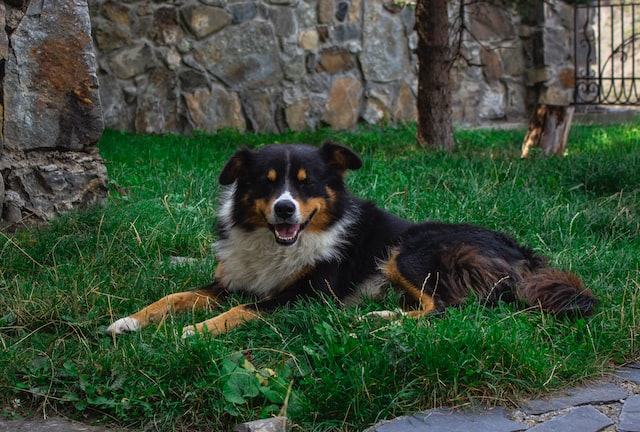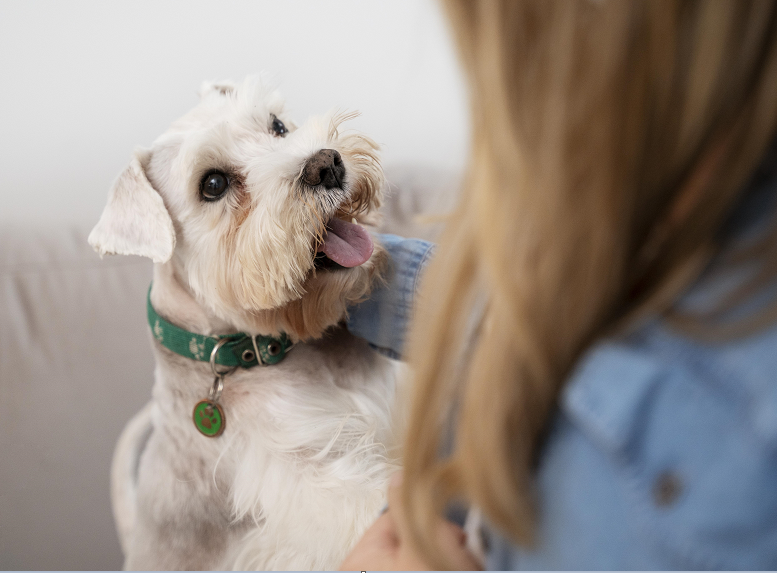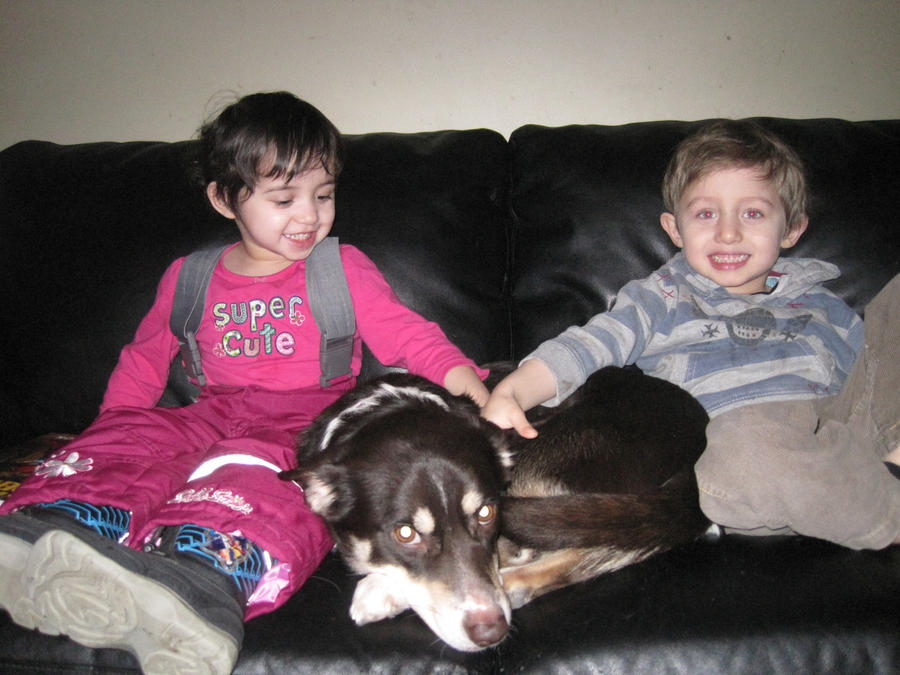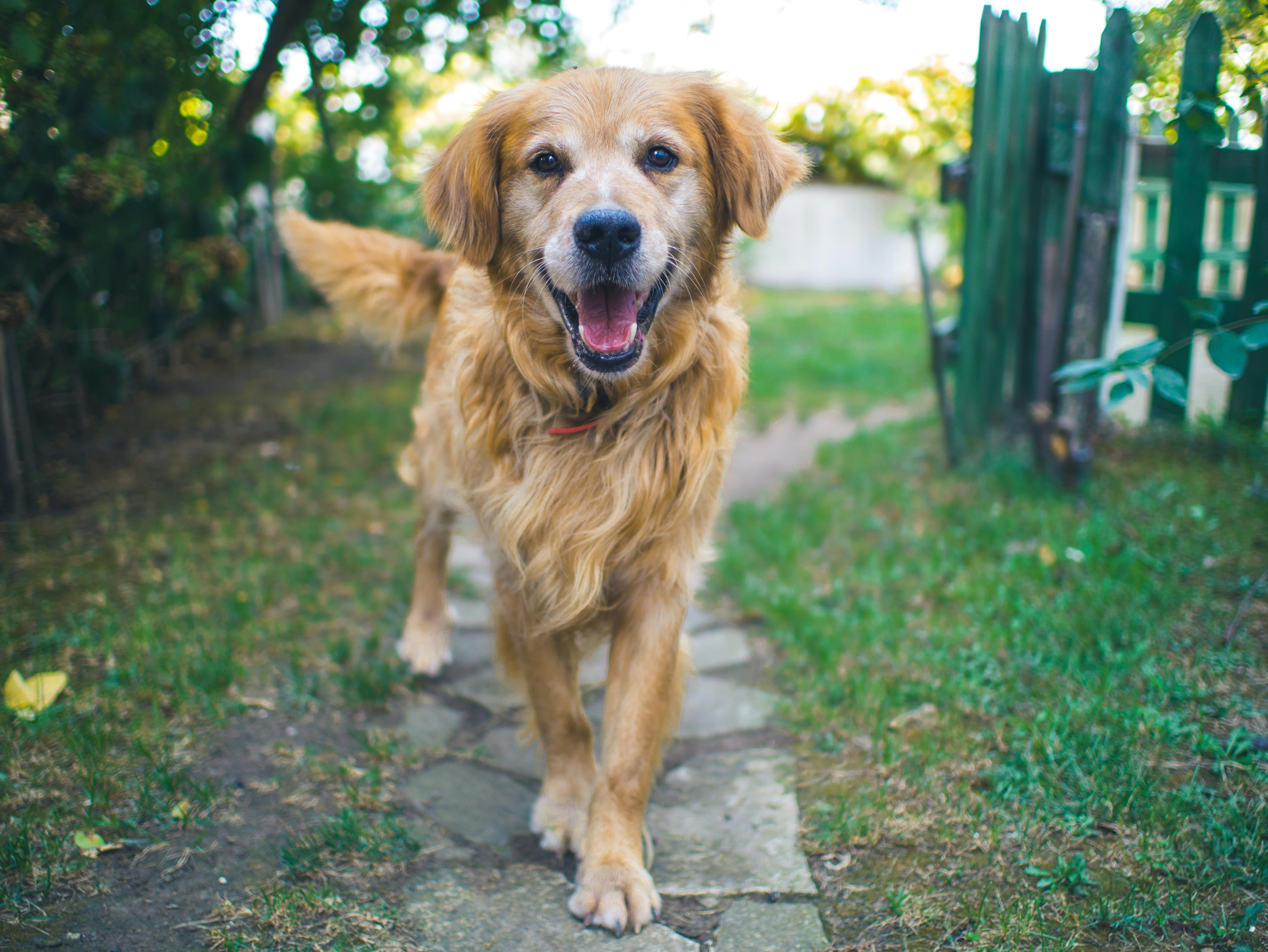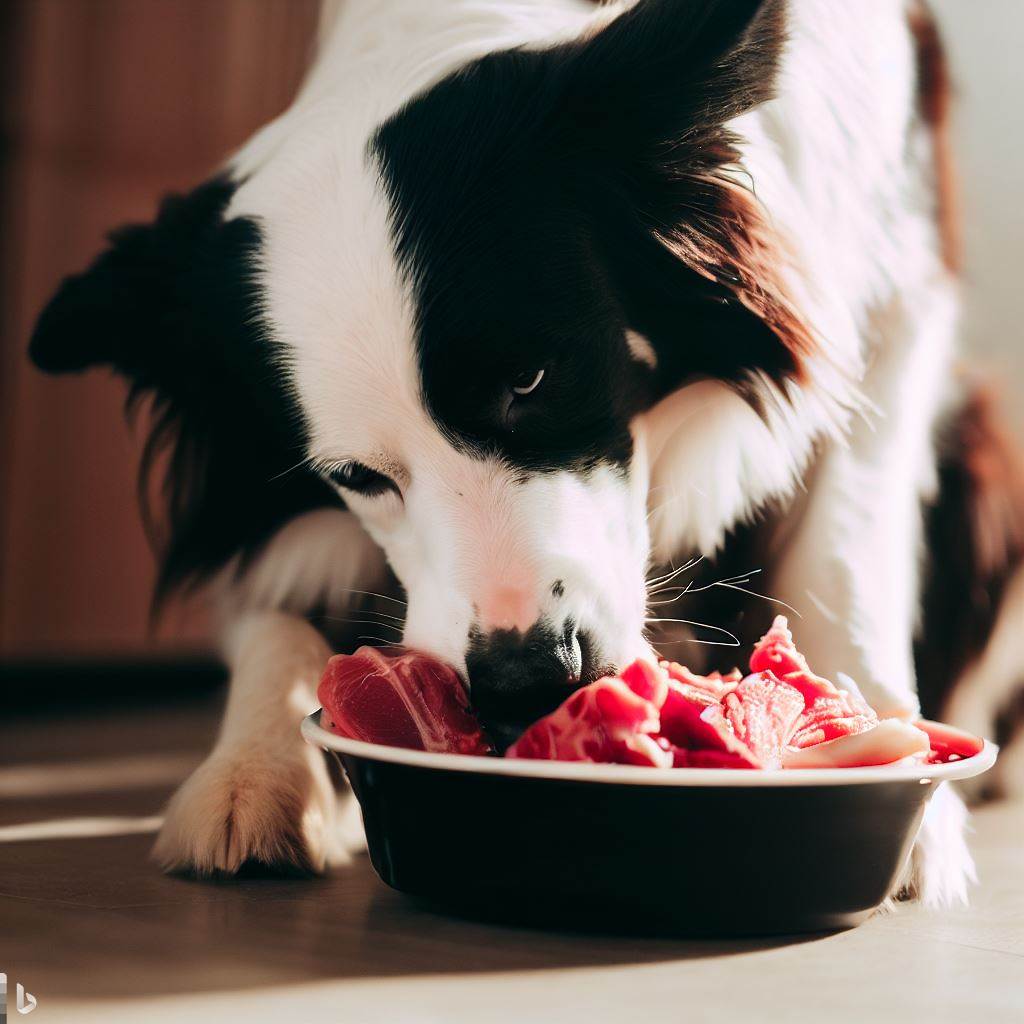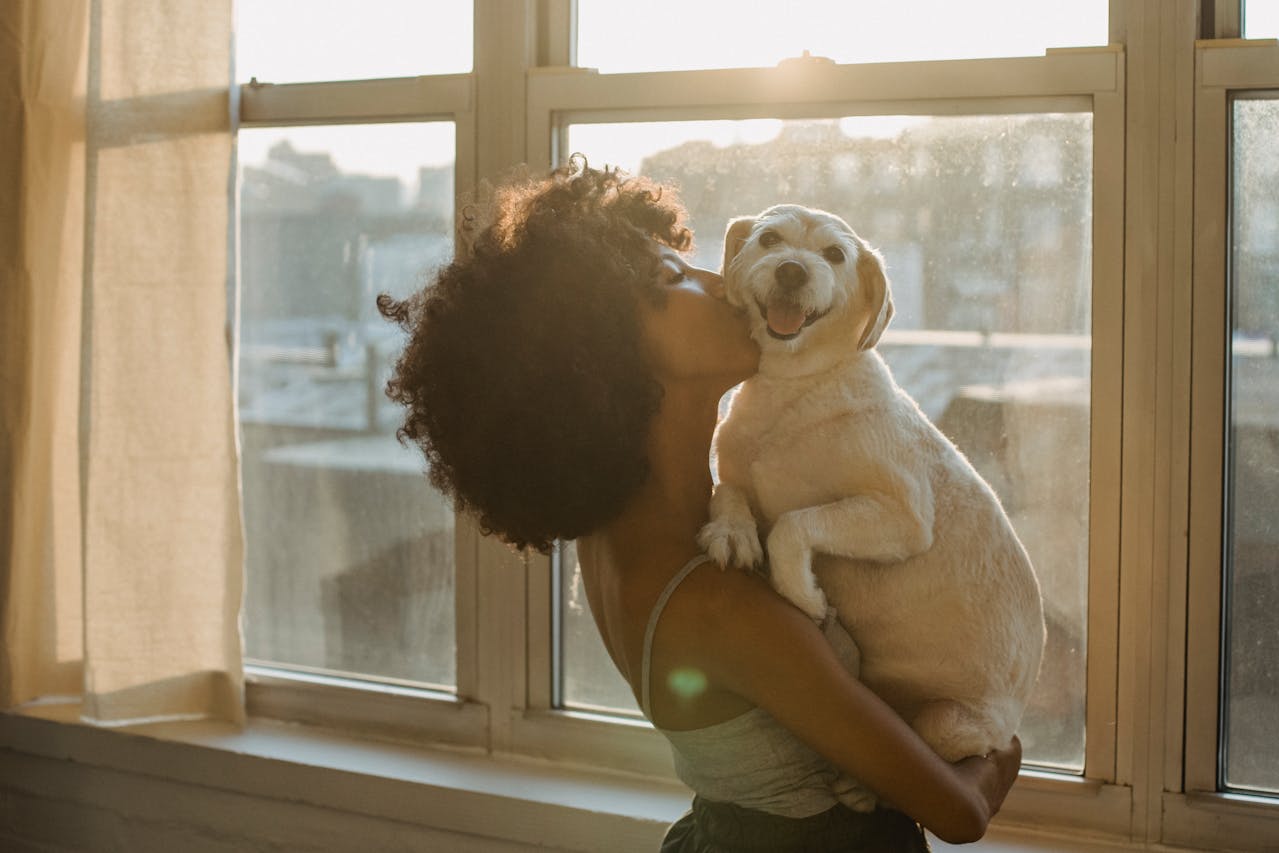
For many of us, dogs are more than just pets; they’re cherished family members. We want to keep them safe, comfortable, and make sure they feel loved. So why do they sometimes seem so keen on running away?
A few moments are as heart-stopping as realizing your furry friend has bolted out the door or slipped off the leash. Keeping your pet safe while giving them the freedom they crave can feel like a balancing act, but with the right training and a lot of practice, you can teach your beloved pup to stay close and resist the impulse to run away.
Work On Recall Using a Long Line or Leash
The best way to make sure your canine friend is not likely to run away when they are off-leash is to start training them when they are young and stay consistent. However, it’s also possible to train an adult dog to be less prone to running away. You are welcome to try the exercise below with your dog.
Step 1-Get the best treats
What works best?
Boiled soft chicken (no additives or seasoning); Cheese; Dried liver (pork works fine); and Turkey jerky (make sure it is low-sodium).
Tips:
Don’t starve your dog for this exercise. Possibly the best time to train them is before their evening meal and shortly after their walk.
Start indoors where there are fewer distractions. This will give your dog the best chance to focus and stay on track.
Step 2-Moving Away
Turn and move away from your dog (as you call and do the gesture). Running away, for a dog, is like an invitation to come play. Combine calling your dog by name with a body language signal. You could wave to your dog, clap your hands or slap your leg. Dogs find signals/sounds/gestures easier than words.
React with excitement when your doggo comes to you. Use a high-pitched voice to praise them and give them a tasty treat. Dogs interpret high-pitched tones as a sign of happiness and excitement. Do not be embarrassed to go over the top. You need to clearly communicate to your dog that you are very happy they came to you.
Repeat Step 2 indoors for about a week at least two times per day. Make sure you engage in playtime too, so you combine Recall training and playing. Also, be careful not to overfeed your pooch.
Step 3-Go Outdoors
When you shift from indoors to outdoors, use a long leash (attached to a halter, not their collar). If you do not have a halter, you could use a slip leash to make a Figure 8 Halter.
You should step away from your dog, call them, and praise them just like in Step 2. Make sure the he/she is coming to you 100% of the time.
The best way to do this is in a fenced yard. If you are living in an apartment building try finding a quieter area in your local park so there are fewer distractions. A convenient area to train Step 3 would be a local dog park, but preferably when it is not overcrowded.
Step 4-Practice
Train with a long leash for at least one month so you can be sure your pooch understands recall before you start letting them walk and run off-leash. You should let your furry friend off-leash only in a dog park and keep training the Recall. Carry tasty treats and give lots of praise to your doggo when they come back to you.
How to Train a Dog to Not Run Away When off Leash
There is no way to be sure if a dog will not run away when they have been let loose, but we can try to teach them that staying close is a rewarding experience. Most dogs tend to run away when they are bored at home; they lack the opportunity to spend their energy; and in some cases, they are looking for a mate.
If your dog isn’t getting attention or mental stimulation at home, they’re likely to look for something new to occupy themselves. We encourage you to spend time with your furry friend and give them new toys from time to time, as they love novelty. You may be interested in buying them a lick mat to keep them mentally stimulated. Another great way to keep them entertained is by frequently changing your walking routes and allowing them to explore the scents around you. Toys with hidden treats inside are also a relatively easy way to keep your dog stimulated.
Is it all just about making sure the dog is entertained? No, it is not. It is about building a relationship with the dog and helping them understand that standing close, responding to vocal cues (and/or hand signals) is beneficial for them.
This is not something you can achieve in 1-3 months. Think of this as a long-term project and as a growing relationship with your dog. Remember, you are trying to train your pooch to build impulse control and make the right decision to stay. Alongside Recall, it’s important to also train the Stay (Wait) command.
Step 1
Begin in a calm, distraction-free area where your dog can focus entirely on you. Your living room is the best place to start. Decide on a word or phrase like “Stay” or “Wait,” and use it consistently. Avoid changing the vocal cue as it will confuse your dog.
Step 2
Tell your dog to sit or lie down. Hold your hand out, palm facing your dog, as you say the command firmly but calmly. Step a few paces away from your dog. If your furry friend stays for even a couple of seconds, reward them immediately with praise, a treat, or both.
Step 3
Repeat this process and try to increase the distance between you and the dog as well as the duration your dog stays in one spot before you give them a treat. If they move, calmly bring them back to the original spot and try again.
Step 4
Go outside and use the leash to securely tie the dog to an object. They should not be able to run away while you train them to stay in one spot. Use your preferred command, hold your hand out (palm facing your dog), and then step away. Again, try to increase the distance between you and the dog. If they remain in one spot for a little while, praise and give them a treat. Use a high-pitched voice to communicate that you are happy with them.
Step 5
Consistency is key! Short but frequent training sessions will reinforce the behavior over time. Try doing the steps above in a busy setting like a downtown park. Make sure your pooch has had a long walk and so they are less prone to playing and interacting with other dogs or sniffing around too much. The idea is to train them to wait in one spot when there are plenty of distractions.
How to Teach Your Dog Not to Run Away From Home
There isn’t an easy way to teach a dog not to run away from home. Imagine walking out the door one morning and your pooch suddenly storms off through the almost closed door. They might have just wanted you to stay and play, or they could have noticed a small animal outside, like a cat or a squirrel. Some dogs are naturally inclined to chase small animals. Some dogs are naturally inclined to chase small animals. Breeds like the Fox Terrier or Jack Russell are typical door-dashers.
In that sort of situation, you would probably run after your furry buddy and try to dissuade them from chasing by frantically yelling their name. In another situation, your dog may be spooked by loud noises such as a construction crew working near your home or maybe fireworks. So how can you keep your canine safe at home and prevent them from running away?
1. A tired dog is less likely to search for excitement outside the comfort of your home. Regular physical activity and puzzle toys can help prevent boredom. You may want to check Rover’s recommendations on puzzle toys.
2. Ensure that there is at least one door closed between you and your dog when you are leaving home. This will make it hard for your furry friend to storm out your front door as you leave. If you like to leave your dog playing in the yard, make sure it is properly fenced and there are no holes or weak points to exploit.
If your canine is particularly athletic and good at jumping fences, then you may want to look into installing extensions by “Dog Proofer” or similar solutions. Please note that if your dog isn’t sufficiently mentally stimulated, bored, or lacking an outlet for their energy, they may try to escape your fenced yard. Try to address the underlying reasons for their behavior before you pay money for extensions to your fences
3. Supervise their outdoor time and use a long leash while you train them in “Recall”. Monitor their behavior outside and see if there are potential gaps in your fence that your dog is looking to exploit later. If there are small animals in your vicinity, see how your dog reacts to their presence. You may have to conduct more leash training with your dog before they are allowed to roam free in your yard and let them walk freely in a public setting.
Which Breeds Are Most Prone to Running and Jumping
Breeds commonly used in agility competitions and those associated with herding are typically the most prone to jumping, running, and attempting to run away. Dog breeds like the Border Collie, Belgian Malinois, Australian Shepherd, Jack Russell Terrier, Vizsla, and even Standard Poodle can be considered at high risk of running away.
You have probably seen captivating videos online of Belgian Malinois jumping high in the air, scaling walls, and even doing stunning long jumps. On average, they can jump vertically up to 6 feet (1.8 meters), and some individuals have been known to clear heights as high as 8 feet (2.4 meters). Their agility and strength make them popular in roles like police and military work, where such abilities are highly valued. We recommend reading “The Total Guide On How High A Belgian Malinois Can Jump” by Stacie Reed.
Conclusion
Even if your pooch is not high-energy and highly athletic, you should invest plenty of time in training your dog, playing with them, and keeping them entertained. This will help them associate your home with positive experiences and make them less likely to want to leave. Building a strong bond with your doggo will take time, so caution, patience, and dedication will pay off.


